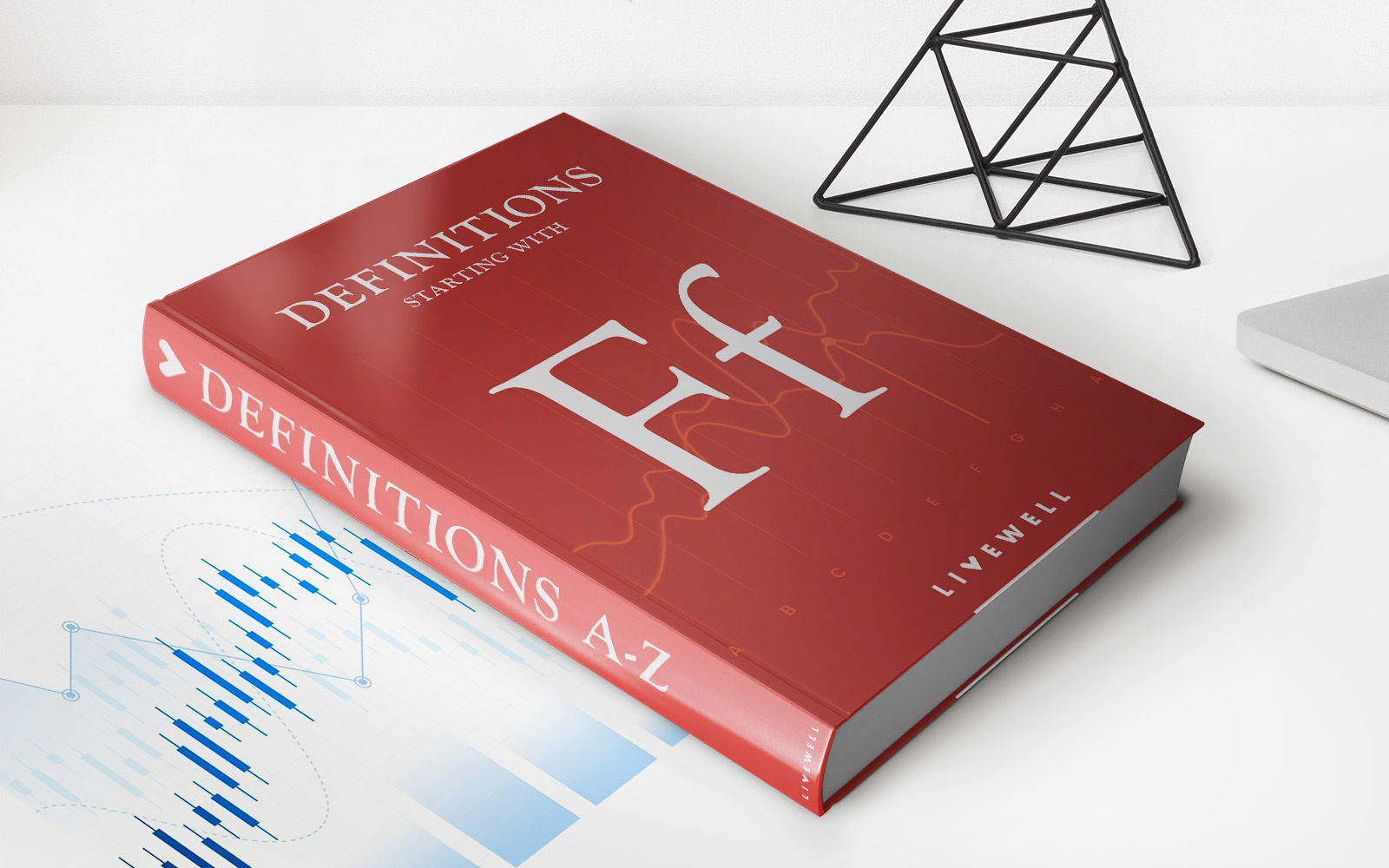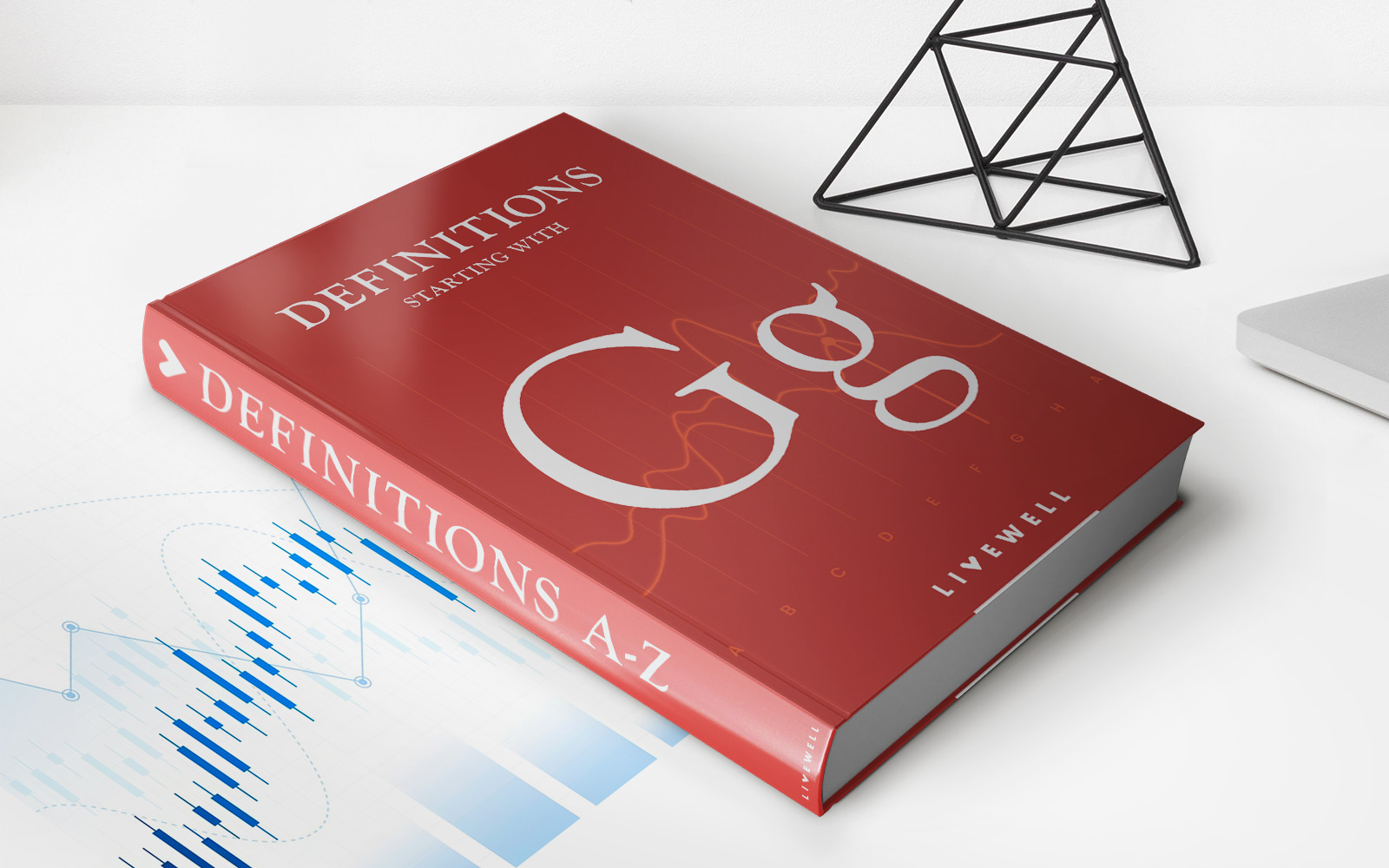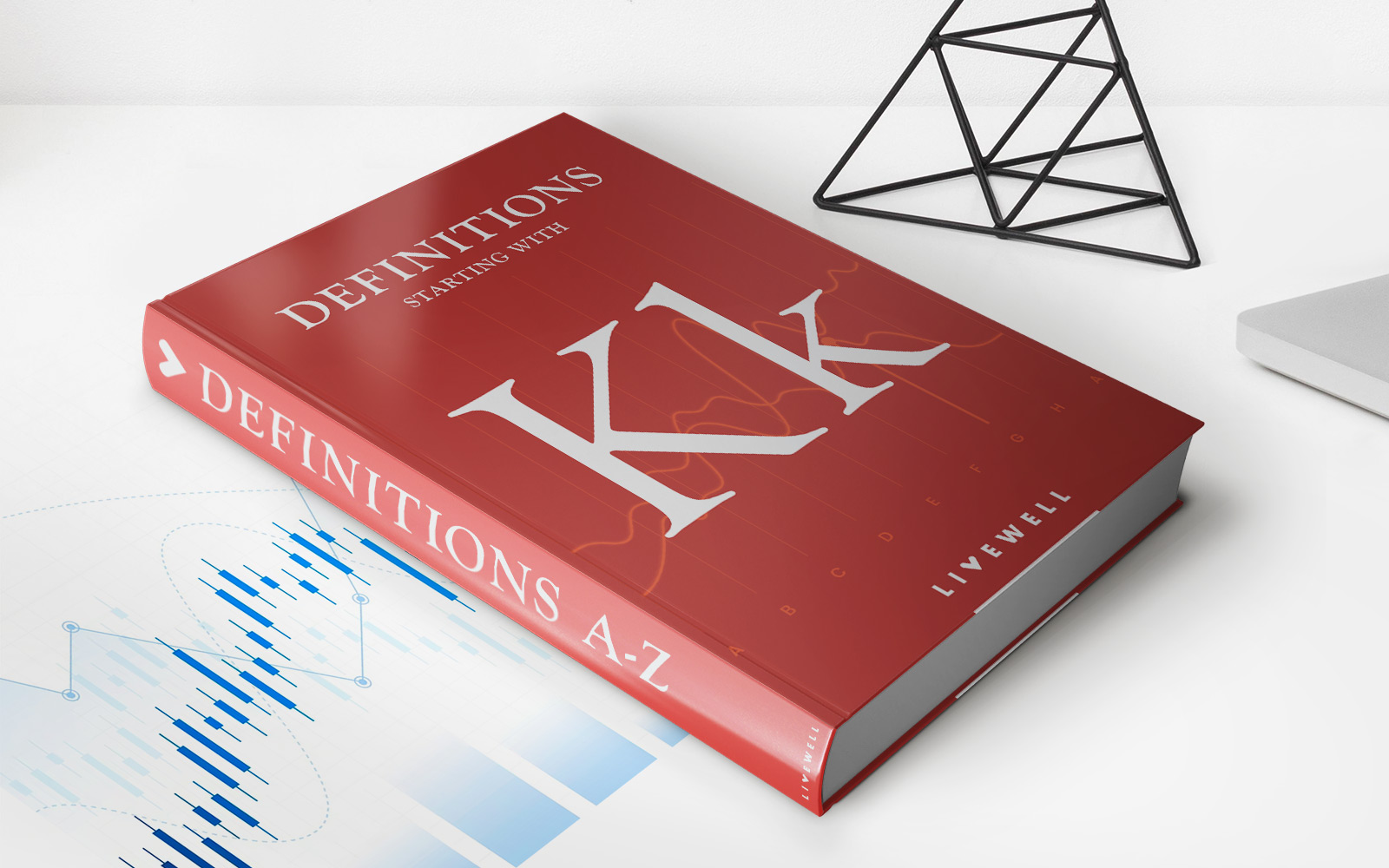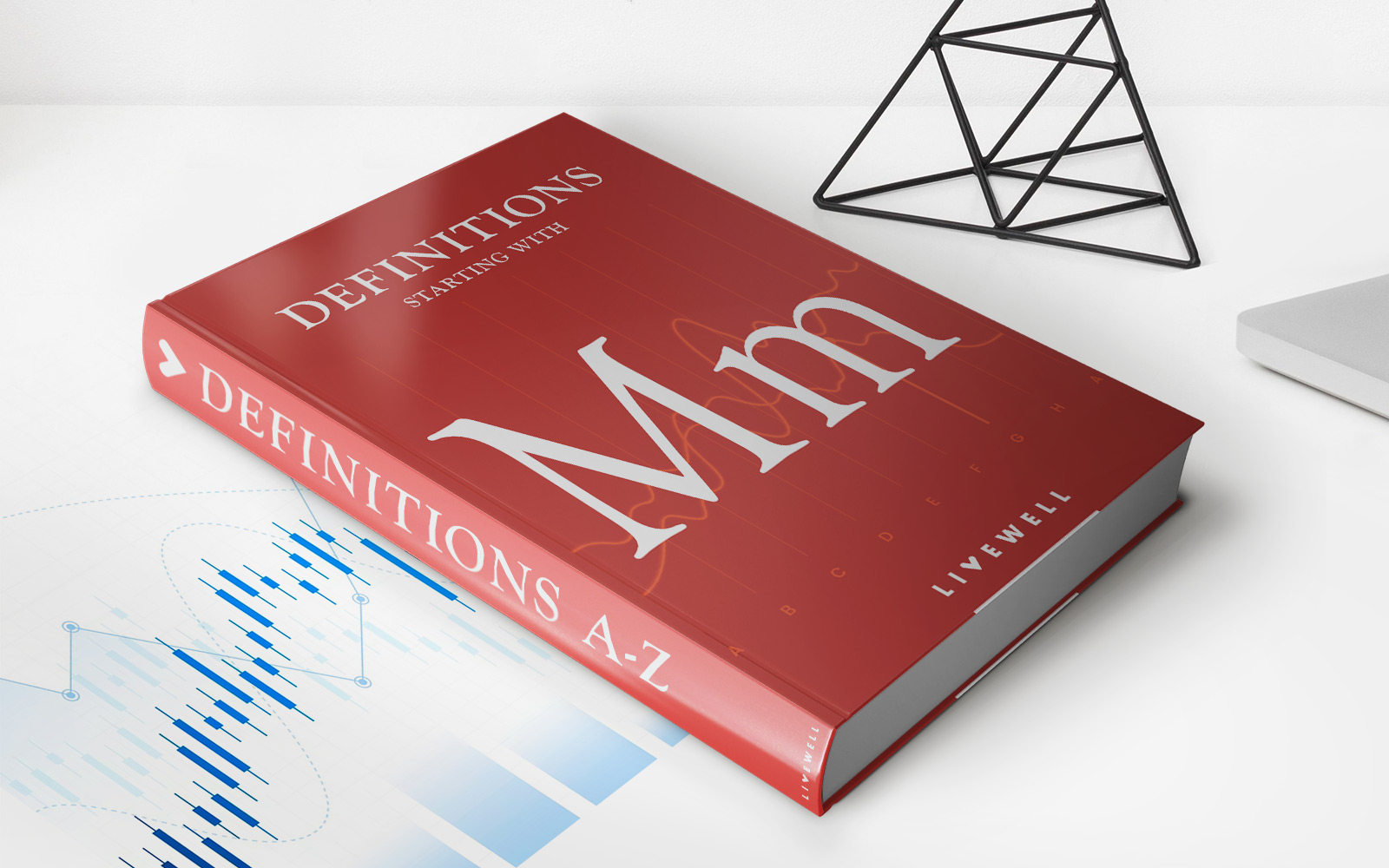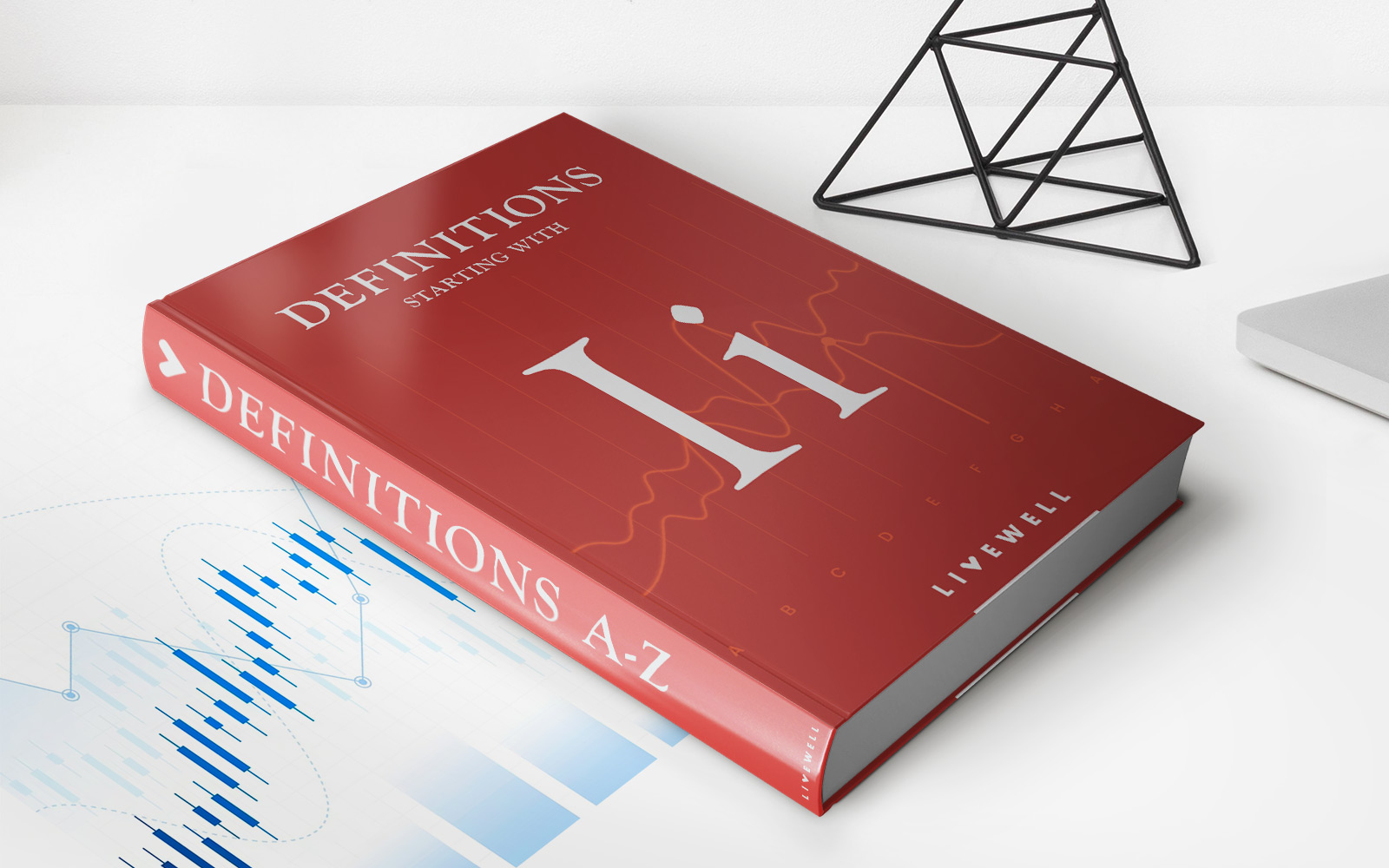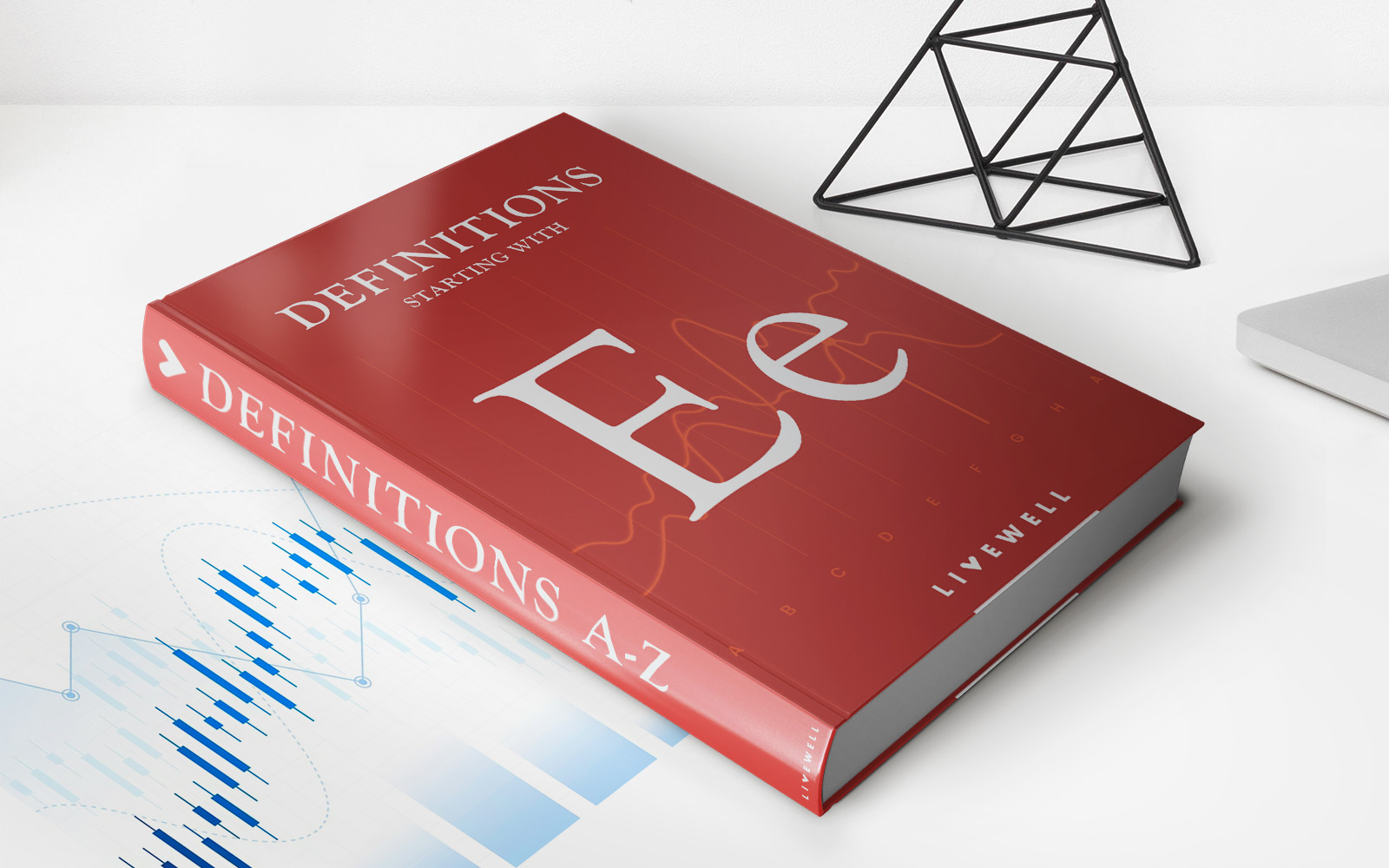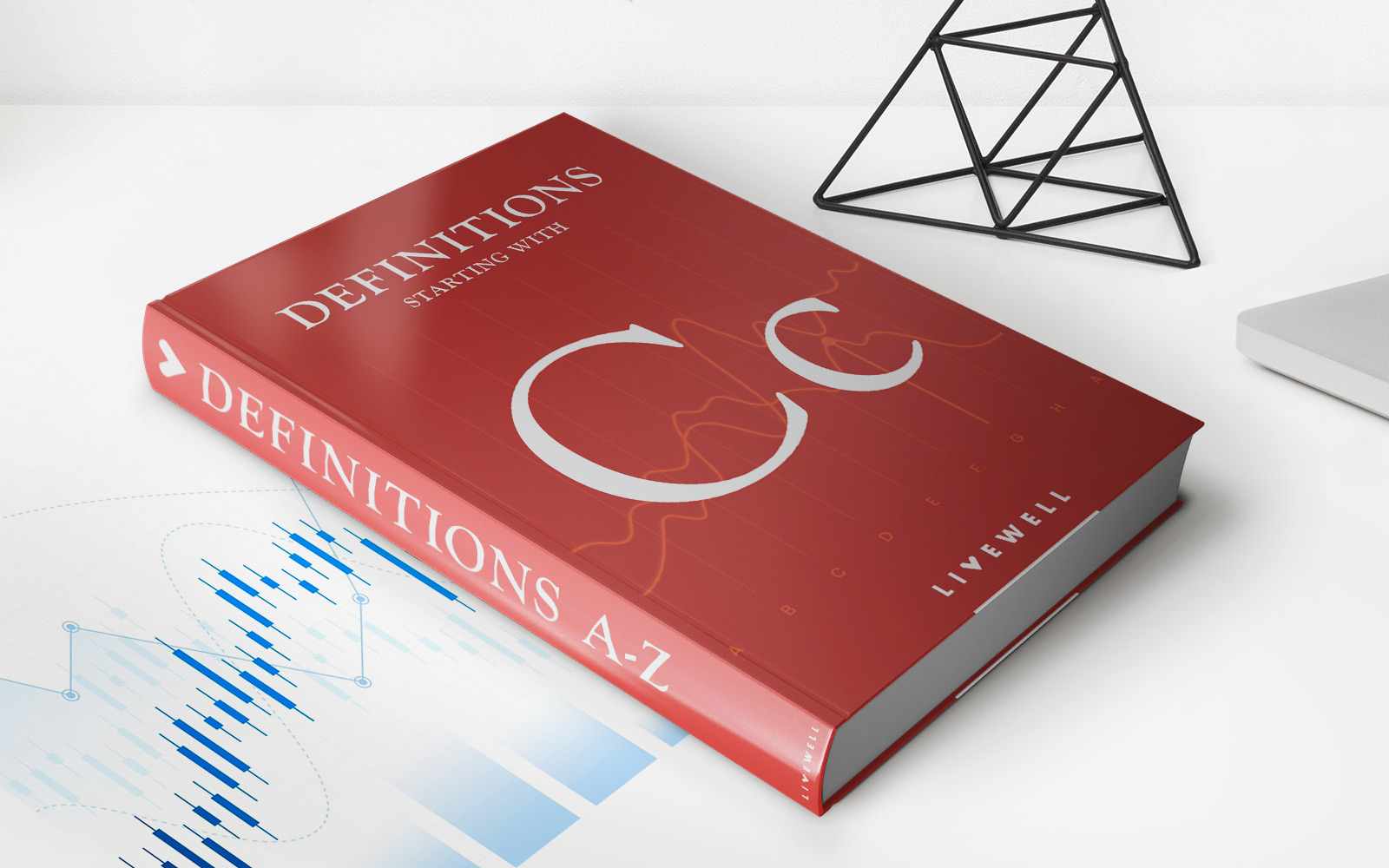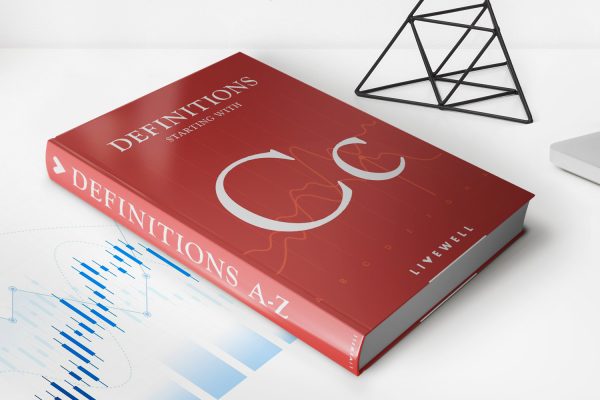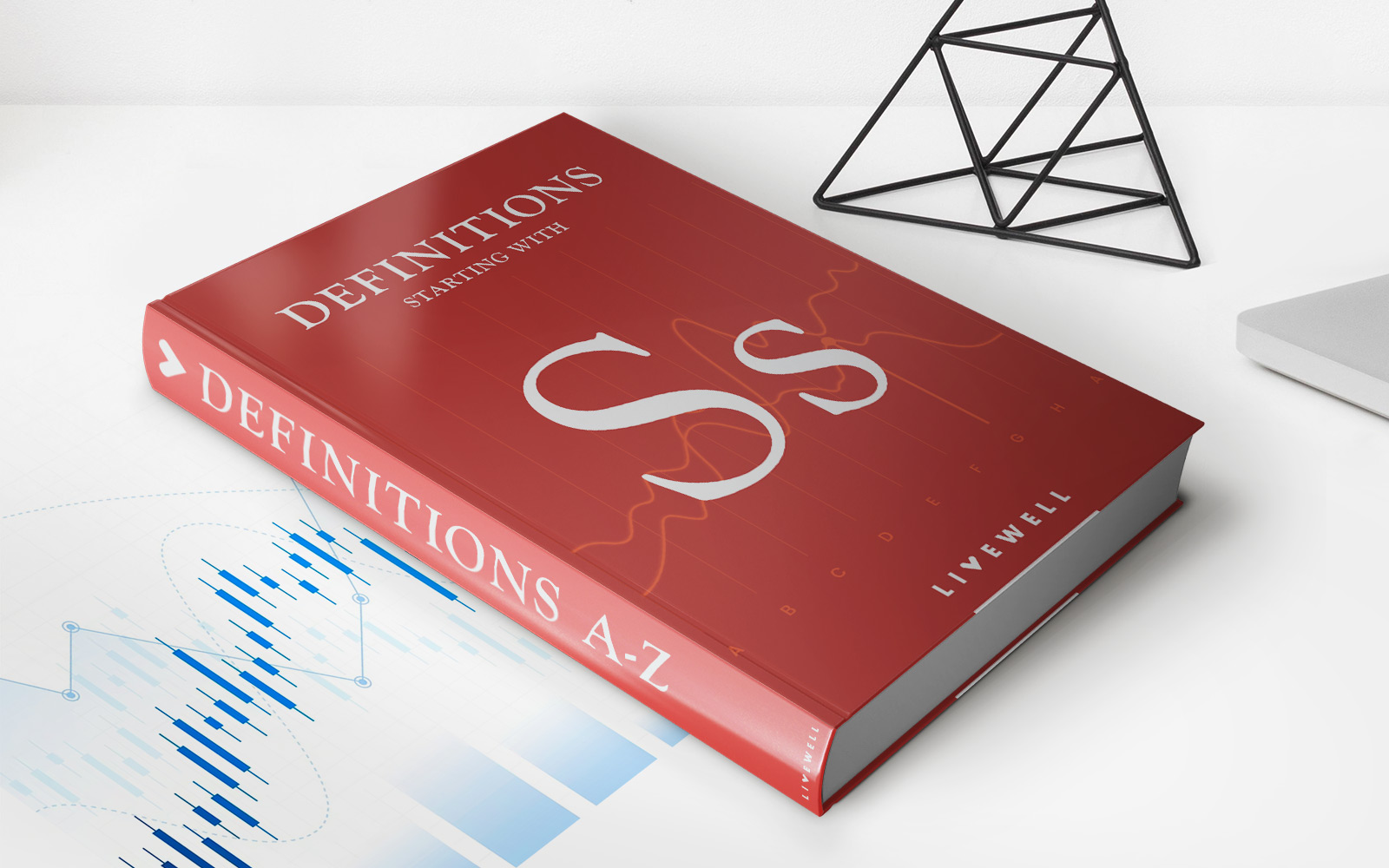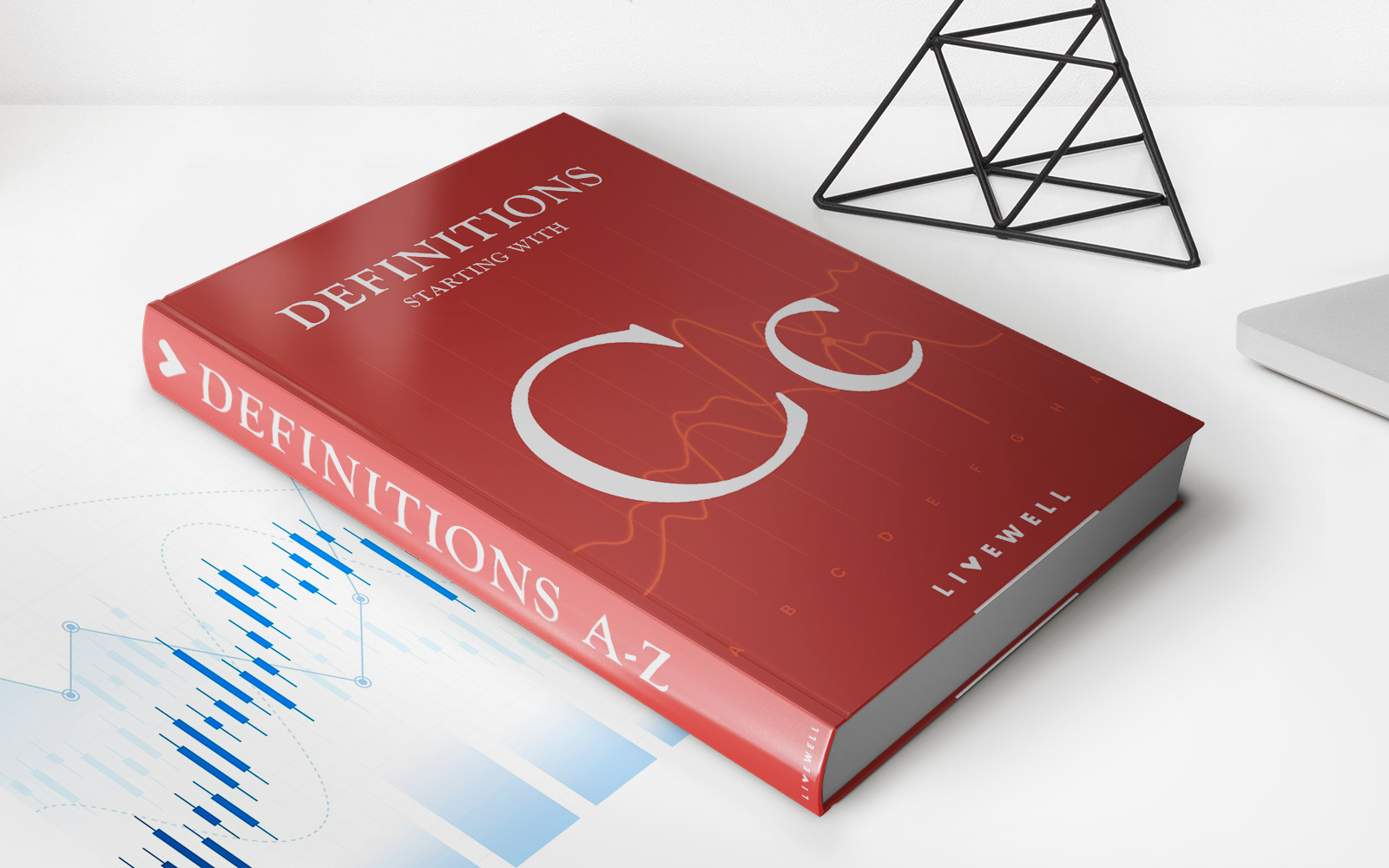Home>Finance>Eurocurrency Market: Definition, History, And Types Of Markets
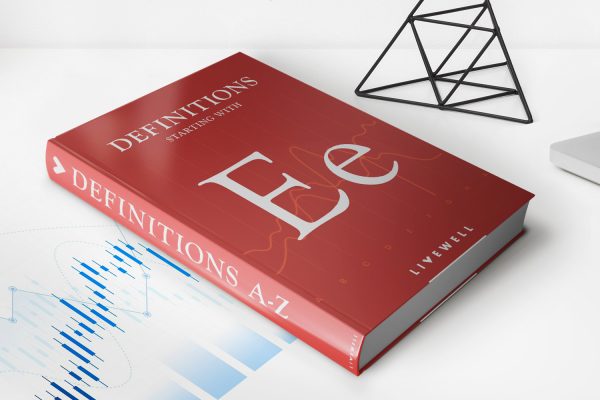
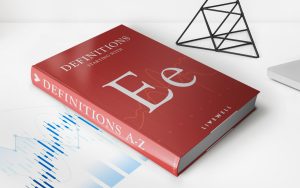
Finance
Eurocurrency Market: Definition, History, And Types Of Markets
Published: November 19, 2023
Learn about the Eurocurrency market, its definition, history, and different types of markets in the world of finance.
(Many of the links in this article redirect to a specific reviewed product. Your purchase of these products through affiliate links helps to generate commission for LiveWell, at no extra cost. Learn more)
Understanding the Eurocurrency Market: Definition, History, and Types of Markets
Welcome to our finance blog! Today, we are diving into the fascinating world of the Eurocurrency market. If you’ve ever wondered what Eurocurrency is, where it comes from, and how it works, you’ve come to the right place. In this article, we will provide you with a comprehensive overview of the Eurocurrency market, its history, and the different types of markets within it. So, let’s get started!
Key Takeaways:
- Eurocurrency is a form of currency held and traded outside its country of origin.
- The Eurocurrency market emerged in the 1950s as a result of restrictions on foreign exchange.
What is the Eurocurrency Market?
The Eurocurrency market is a global financial market that deals with the trading and lending of various currencies held outside their country of origin. Unlike regular currencies, which are issued and regulated by central banks within a specific country, Eurocurrency is held and traded in different international financial centers.
Eurocurrency can be in the form of bank deposits, loans, or any other kind of financial instrument denominated in a foreign currency. It offers flexibility and provides businesses and individuals with opportunities to access capital and trade in multiple currencies without the restrictions imposed by domestic regulations.
The History of the Eurocurrency Market
The emergence of the Eurocurrency market can be traced back to the 1950s when strict regulations and exchange controls were imposed by various countries. These measures were put in place to protect domestic currencies and prevent capital flight. However, multinational corporations and individuals sought ways to work around these restrictions and retain their capital in foreign banks.
As a result, funds began to accumulate outside their country of origin in major financial centers like London, Zurich, and Luxembourg. These funds, deposited in foreign banks, were often denominated in currencies other than the home currency of the depositors. This gave birth to what became known as Eurocurrency.
Over time, the Eurocurrency market grew in size and sophistication, becoming a vital component of the global financial system. Today, it plays a crucial role in international trade, finance, and investment.
Types of Markets within the Eurocurrency Market
Within the Eurocurrency market, there are distinct types of markets that cater to various needs and requirements of participants. Let’s take a closer look at the three primary markets:
- Eurocurrency Time Deposits: This market deals with short-term funds (often referred to as Eurodollar deposits) that have a specified maturity date. These deposits allow participants to earn interest on their funds while maintaining liquidity.
- Eurocurrency Loans: In this market, borrowers obtain loans in foreign currencies outside their country’s borders. Eurocurrency loans provide borrowers with an alternative source of financing and offer competitive interest rates compared to domestic markets.
- Eurocurrency Options and Futures: This market involves trading options and futures contracts denominated in foreign currencies. Participants can use these financial instruments to hedge against currency fluctuations or speculate on future exchange rate movements.
Conclusion
The Eurocurrency market has revolutionized global finance by providing individuals and businesses with the flexibility to access capital in various currencies. Its history dates back to the mid-20th century when restrictions on foreign exchange prompted the growth of funds held outside their country of origin. Today, the Eurocurrency market offers various types of markets, including time deposits, loans, and options/futures, catering to different needs within the international financial landscape.
We hope this article has shed some light on the intriguing world of the Eurocurrency market. Remember, understanding the intricacies of global finance is vital for navigating the ever-evolving financial landscape. Keep exploring our finance category for more insightful articles and valuable information!
